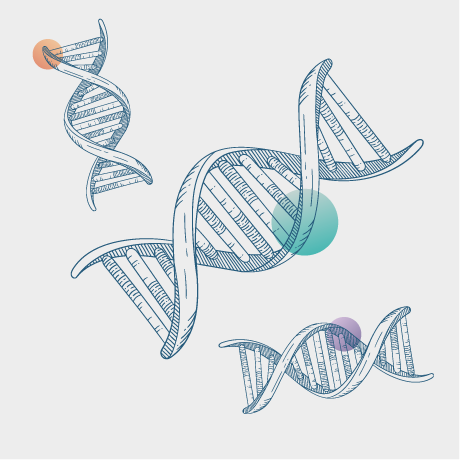
Rethinking the line between episodic and chronic migraine
Episodic migraine (EM) can evolve into chronic migraine (CM), and these diagnoses are predominantly differentiated by the frequency of monthly headache days (MHDs)—less than 15 MHDs for EM, and greater than or equal to 15 MHDs for CM—according to the third edition of the International Classification of Headache Disorders (ICHD-3).1 However, the differences in burden of migraine among patients with various headache frequencies within and across migraine types have not been well studied. At the virtual 14th European Headache Federation (EHF) Congress, held 29 June – 2 July 2020, Professor Richard B. Lipton (Albert Einstein College of Medicine, NY, USA) and colleagues presented a poster illustrating their latest results examining headache-related disability and burden in the Chronic Migraine Epidemiology and Outcomes (CaMEO) Study population.
Categorizing patients with migraine by number of MHDs
The CaMEO study is a widely known, large, longitudinal, web-based study that used quota sampling to identify respondents who met modified ICHD-3 beta diagnostic criteria for migraine.2 Prof. Lipton reported that patients from the CaMEO study were divided into four subgroups depending on their self-reported number of MHDs for this analysis: low- and moderate-frequency EM (LFEM) with 0–7 MHDs, high-frequency EM (HFEM) with 8–14 MHDs, low‑frequency CM (LFCM) with 15–23 MHDs, and high-frequency CM (HFCM) with ≥24 MHDs. This large cohort included 13,473 patients with LFEM, 1,840 patients with HFEM, 1,035 patients with LFCM, and 441 patients with HFCM.
Overlaps between patients with HFEM and LFCM
When headache characteristics and headache-related disability were examined among the cohort, Prof. Lipton found a significant overlap in results between patients with HFEM and patients with LFCM. He showed that mild, moderate, or severe allodynia was reported in 57.5% of patients with HFEM and 61.7% of those with LFCM. Disability measurements by the Migraine Disability Assessment (MIDAS) at grades 3 (moderate disability) and 4 (severe disability), as well as interictal burden, anxiety, and depression were also similar among patients with HFEM and LFCM, according to Prof. Lipton.
Patient-reported utilization of healthcare resources (including any healthcare professional or specialist care, diagnoses, and hospital visits) significantly increased as MHDs increased, Prof. Lipton claimed. He stressed that despite this pattern, the assessment results were markedly similar between HFEM and LFCM respondents.
Differences between patients with HFEM and patients with LFCM showed in medication overuse
Current treatment patterns were also generally similar between patients who have HFEM and those with LFCM, according to Prof. Lipton, as similar proportions of patients in both categories reported to be currently using preventive or acute medication. However, he highlighted an important difference—the rate of medication overuse was more than 20 percentage points higher among those with LFCM (63.0%) compared to those with HFEM (40.5%).
The line between EM and CM may merit reconsideration
Prof. Lipton concluded his poster by reiterating that the strong linear relationship between MHD frequency and migraine disease burden he observed is consistent with previous research. He stressed that these current studies revealed a substantial overlap between patients with HFEM and patients with LFCM in terms of burden, anxiety, depression, and healthcare resource utilization. To Prof. Lipton, these results suggest that the 15-MHD threshold that currently exists for diagnosis of CM may merit reconsideration, since treatment needs of patients with HFEM may be similar to those of patients with LFEM.
Headache Classification Committee of the International Headache Society (IHS) The International Classification of Headache Disorders, 3rd edition. Cephalalgia 2018;38(1):1–211.
Adams AM, Serrano D, Buse DC, et al. The impact of chronic migraine: The Chronic Migraine Epidemiology and Outcomes (CaMEO) Study methods and baseline results. Cephalalgia 2015;35(7):563–78.



